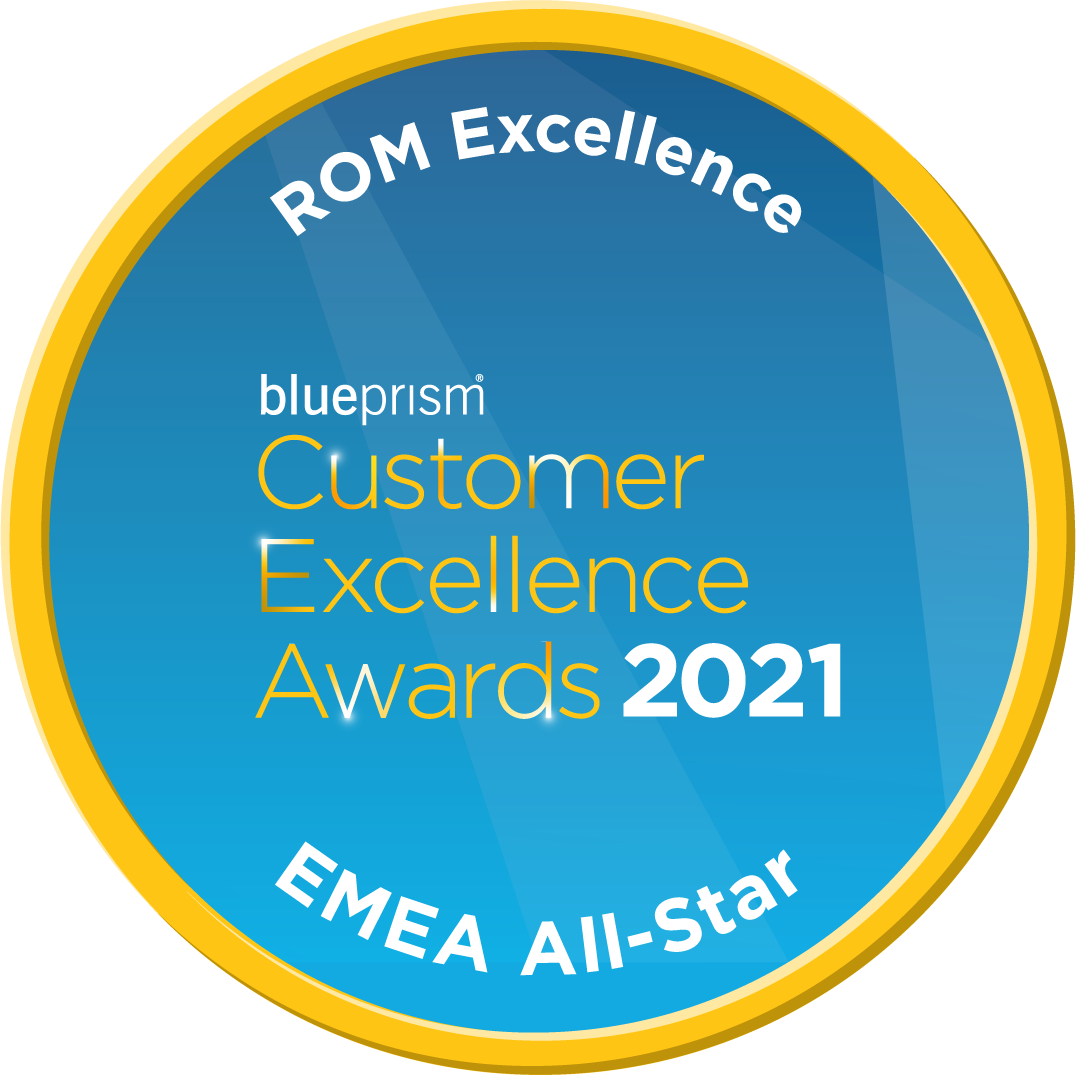Video
How adding an imaginative approach to automation can reap rewards for insurance organizations
Contact Us
"Thanks to the Blue Prism Robotic Operating Model and the possibility of integrating seamlessly with other technologies, we now have digital workers delivering benefits across all regions and 13 different units including human resources and customer service."
Director, Robotic Process Automation

Hapag-Lloyd is a leading global shipping company, employing around 13,400 people in 394 offices worldwide. So, when it came to implementing intelligent automation to align with the company’s strategy across multiple regions, expectations for the RPA program were high. Blue Prism’s Robotic Operating Model (ROM) streamlined this digital transformation process, leading Hapag-Lloyd to win the EMEA 2021 ROM Excellence award.
Hapag-Lloyd operates in over 130 countries. Therefore, the companywide introduction to intelligent automation required a clear definition of roles and responsibilities within the existing infrastructure. It was also important to consider the delivery lifecycle, the support model and all potential scenarios across the company’s commercial, operations and network, and business administration business units. Beginning an intelligent automation journey required starting off on the right track.
Blue Prism’s ROM became the launchpad Hapag-Lloyd required. The center of excellence (COE) team that managed the overall program could also accommodate remote business units who were accustomed to creating their own automations. By helping to establish good governance, the ROM provided the COE team with the necessary tools and processes to seamlessly implement Blue Prism’s digital workers.
So how did they do it? First, they created a hybrid model for rolling out new automations. The COE had visibility over deployment and production of each automation while the local RPA units, who are closer to the business in their respective regions, generated ideas and developed each automation. The COE scaled the program quickly by maintaining a library of reusable components and encouraging developers to use it. Staff regularly brings new ideas to the COE, resulting in a robust pipeline of new ideas. They’re also continuously learning through events like monthly calls and hackathons.
Impressively, the program scaled rapidly and successfully even though 70% of the team couldn’t meet face-to-face due to COVID-19. A total of 50 digital workers are now integrated into three key business units: Commercial, Operations and Networks, and Business Administration. An additional 15 digital workers will be deployed in production shortly, and huge benefits are already being delivered across all regions.
For example, the dispute capturing digital worker has been integrated with AWS-based machine learning (ML) modules to manage incoming customer queries and dispatch the appropriate responses. The digital worker accesses multiple email in-boxes to find all disputes and passes them to the ML module, which determines the request type. Once determined, the digital worker sends the dispute to a staff member. This alone has saved Hapag-Lloyd over 30,000 hours a year.
If your network blocks YouTube, you may not be able to view the video on this page. In this case, please use another device. Pressing play on the video will set third-party YouTube cookies. Please read our Cookies Policy for more information.